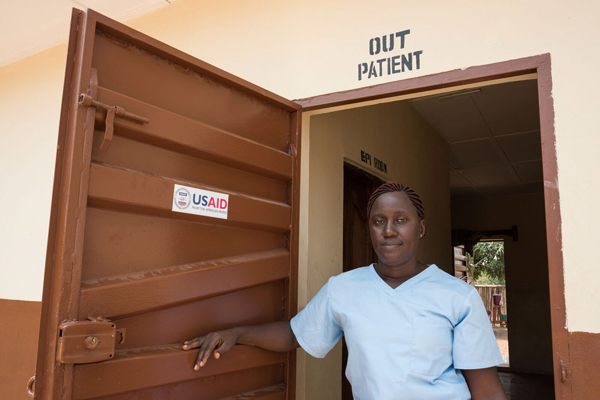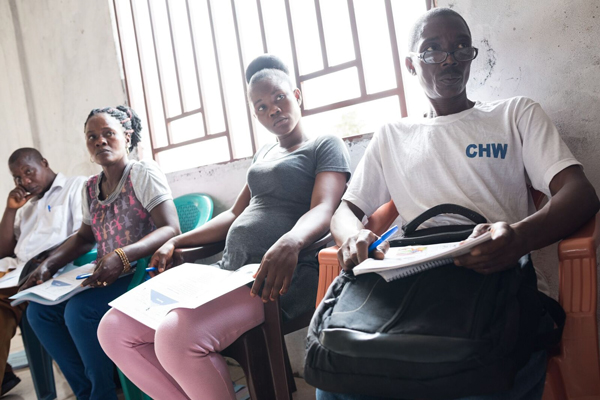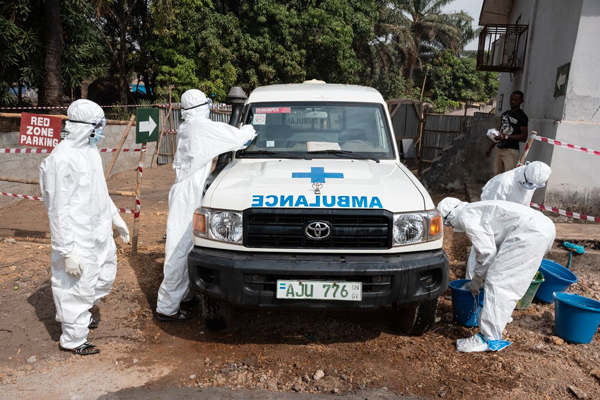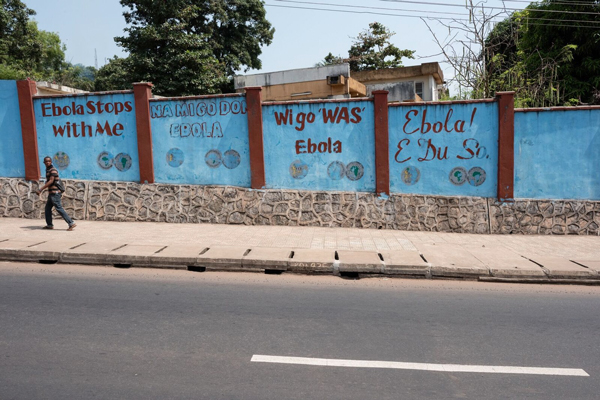Good physical infrastructure is essential to the provision of quality health services as well as to infection prevention and control, which plays a critical role in the context of infectious diseases. Renovations that strengthen basic health services include increasing access to water and electricity, repairing buildings and air conditioning, strengthening sanitation, and addressing cold storage for medicines.
Renovating Health Facilities
Priorities and Lessons Learned
In November 2016, the ETP&SS program conducted a health facility assessment to understand the overall capacity of eight pre-identified health facilities. The assessment informed the development of a comprehensive facility activity plan, which captured service delivery, capacity building, and system strengthening activities. When implemented in a participatory manner, infrastructure interventions (physical, equipment, and water supply) can enhance government ownership of the decision-making process for quality of care.
Stories and Interventions
Guinea’s health system was severely impacted by the Ebola epidemic. Learn more about the health facility assessment and project interventions implemented by the ETP&SS program to help strengthen the health system.
Le système sanitaire de la Guinée a énormément souffert de l'épidémie Ébola. Apprenez plus sur l'évaluation des etablissement sanitaires et d’autres interventions du projet mise en œuvre par le programme ETP&SS pour renforcer le système sanitaire.
Guinea’s fragile health system was deeply affected by the Ebola outbreak, which exposed the need for basic infrastructure improvements. At the bustling Ignace Deen Hospital in Conakry, APC renovated restrooms, crumbling staircases, walls, and ceilings, making it a safer, more hygienic, and more welcoming environment for patients. With these improvements, the hospital can now practice infection prevention and control and provide better care for Ebola survivors and the general population.
Tools and Training Materials
This tool is designed to measure staff capacity, infrastructure capacity, and equipment capacity in a limited resources health facility. The results from the assessment inform the type and level of support an implementing partner might provide to health facilities. In this case, the aim of the support provided was to improve the quality of medical services for Ebola survivors. As such, priority was placed on improving areas most pertinent to survivor needs.





